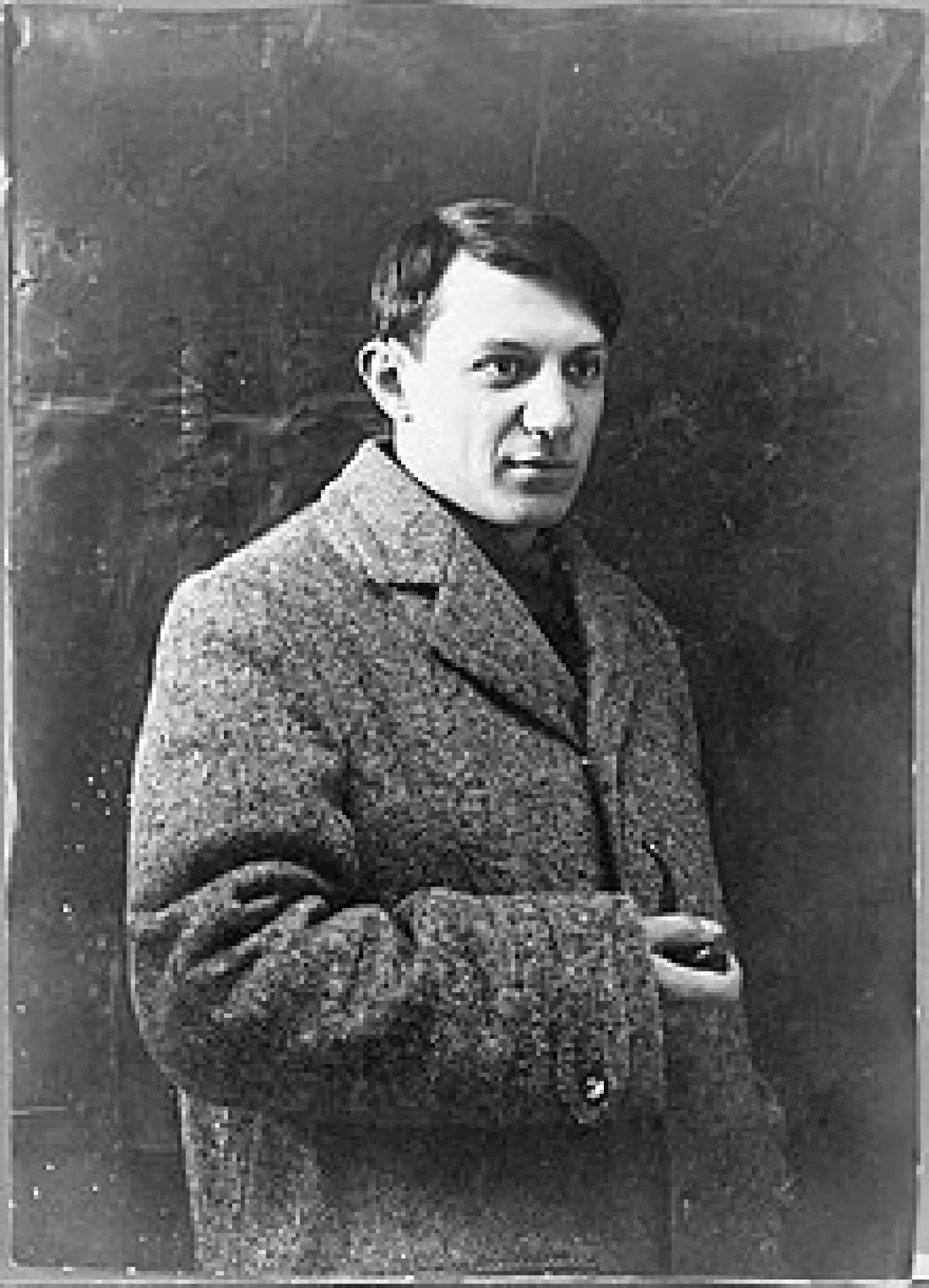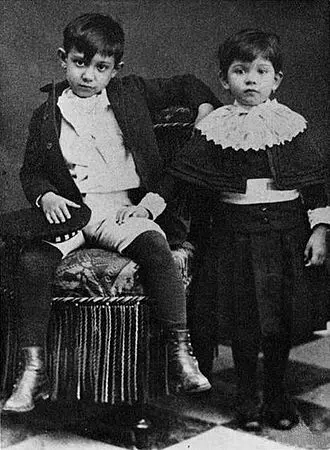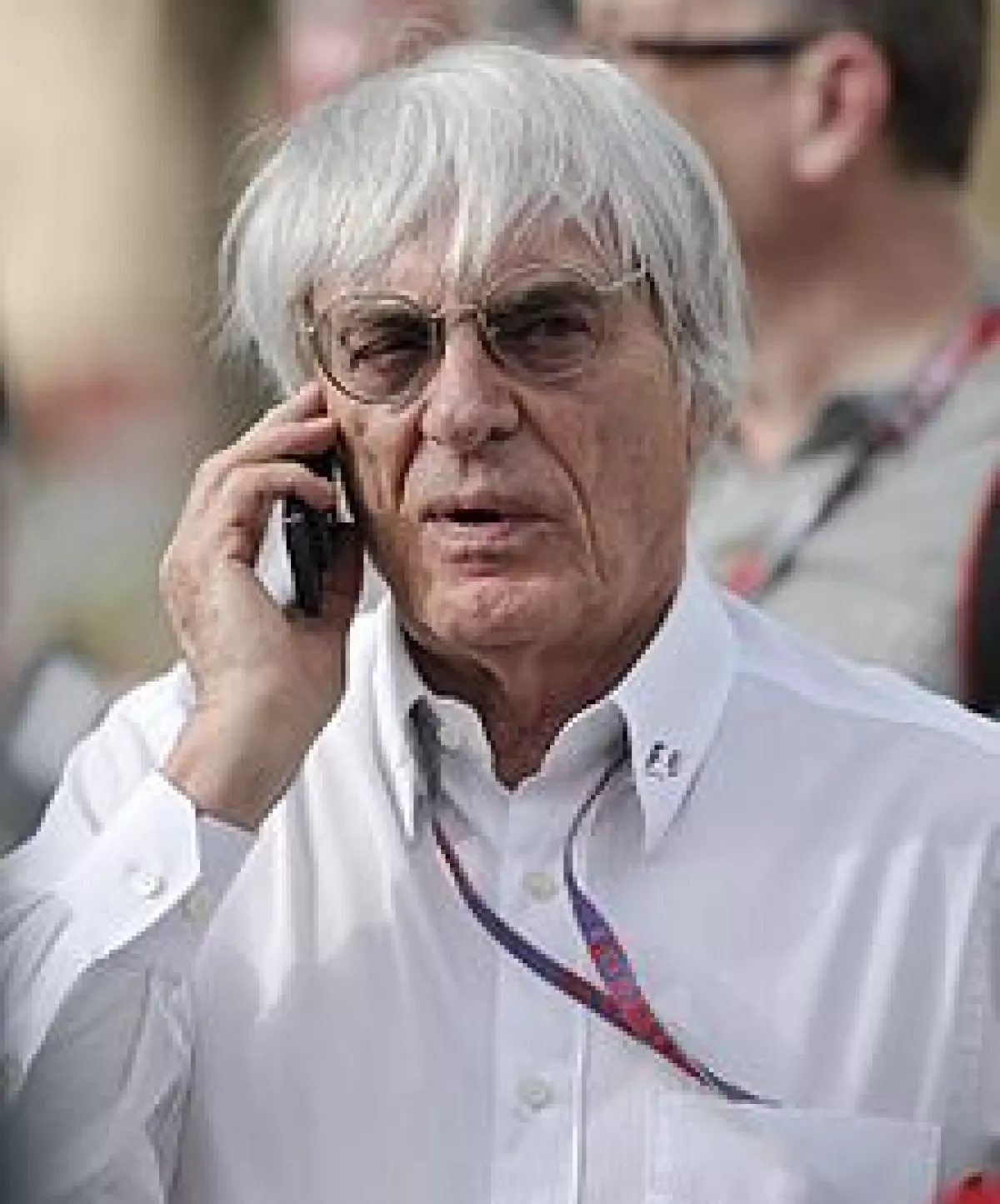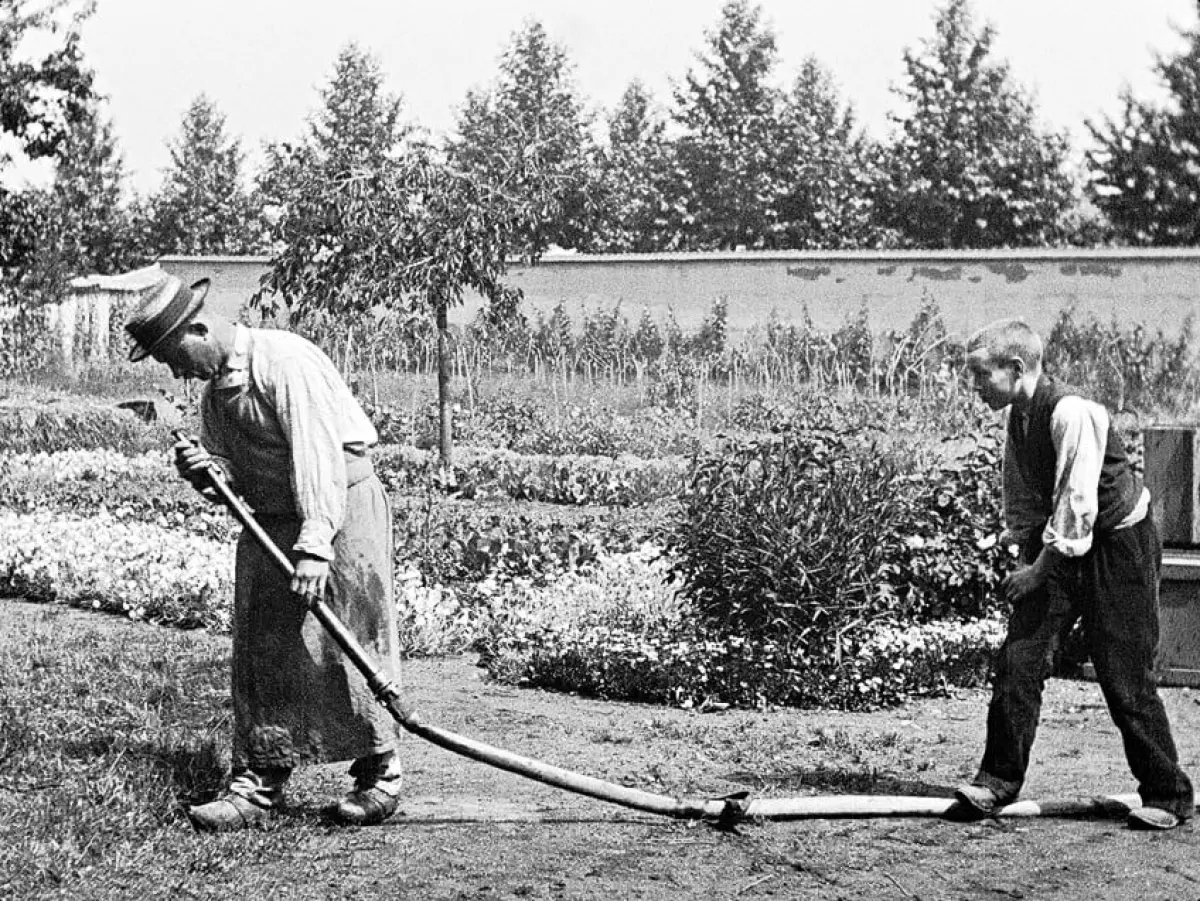
Pablo Ruiz Picasso, one of the most influential artists of the 20th century, was much more than a painter. He was a sculptor, printmaker, ceramicist, and theatre designer. Born in Spain in 1881, Picasso spent most of his adult life in France, where he co-founded the Cubist movement and developed a wide variety of artistic styles.
Picasso's artistic journey began in his early years, where he demonstrated extraordinary talent in painting. As he matured, he explored different theories, techniques, and ideas, becoming known for his innovative and groundbreaking approaches to art. His work spanned various periods, including the Blue Period, Rose Period, African-influenced Period, Analytic Cubism, and Synthetic Cubism.
Throughout his long and prolific career, Picasso achieved universal renown and immense fortune for his revolutionary artistic accomplishments. He became one of the best-known figures in 20th-century art, leaving a lasting legacy that continues to resonate with art enthusiasts and scholars alike.
Early Life

Picasso was born on October 25, 1881, in Málaga, Andalusia, in southern Spain. His father, José Ruiz y Blasco, was a painter, and his mother, María Picasso y López, came from a middle-class background. From a young age, Picasso showed a passion and skill for drawing, and his artistic talent was evident throughout his childhood and adolescence.
Picasso's early training came from his father, who believed in disciplined copying of the masters and drawing the human body from live models. Although Picasso's academic performance suffered due to his preoccupation with art, his talent continued to flourish. His family moved to different cities in Spain, where his father held teaching positions at art schools.
At the age of 16, Picasso moved to Madrid and enrolled in the Real Academia de Bellas Artes de San Fernando, the country's foremost art school. However, he soon grew disillusioned with formal instruction and stopped attending classes. Instead, he immersed himself in the vibrant artistic scene of Madrid, studying the works of renowned artists and developing his own unique style.
Career

Picasso's career was marked by constant experimentation and a fearless approach to artistic expression. He was never content with one style or method, always pushing the boundaries and exploring new possibilities. His versatility allowed him to work in multiple styles simultaneously, creating a body of work that displayed immense depth and variety.
One of his most significant contributions to the art world was the co-founding of the Cubist movement. Alongside Georges Braque, Picasso developed a radical new approach to representation, breaking down forms and exploring multiple perspectives simultaneously. This revolutionary approach to art had a profound impact on the trajectory of modern art.
In addition to his paintings, Picasso also ventured into sculpture, printmaking, ceramics, and stage design. He left an indelible mark in each of these mediums, pushing boundaries and challenging traditional conventions. His sculptures often incorporated found objects and unconventional materials, while his ceramics showcased his mastery of form and texture.
Legacy and Impact
Picasso's influence on the art world is immeasurable. His innovative techniques and willingness to experiment with different styles continue to inspire artists today. He challenged the notion of what art could be, constantly pushing the boundaries and defying conventional expectations.
Although Picasso's personal life was marked by complex relationships, his artistic output remains a testament to his unparalleled talent and creative vision. His works continue to be celebrated and admired in museums and galleries around the world. From his early naturalistic paintings to his groundbreaking explorations of form and perspective, Picasso's art holds a timeless appeal that transcends generations.
Whether through his iconic paintings like "Les Demoiselles d'Avignon" and "Guernica" or his lesser-known sculptures and ceramics, Picasso's contributions to the art world are undeniable. His legacy serves as a reminder of the power of artistic expression and the ability of art to challenge, inspire, and captivate audiences.
Picasso once said, "Every child is an artist. The problem is how to remain an artist once we grow up." His own
















